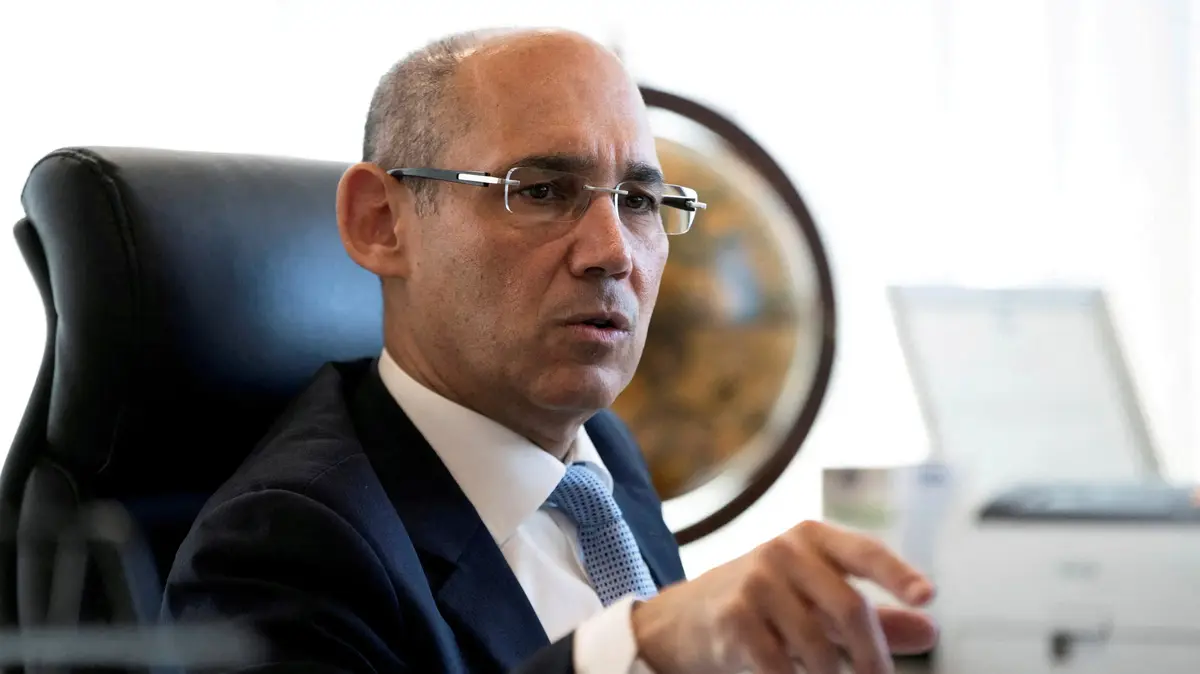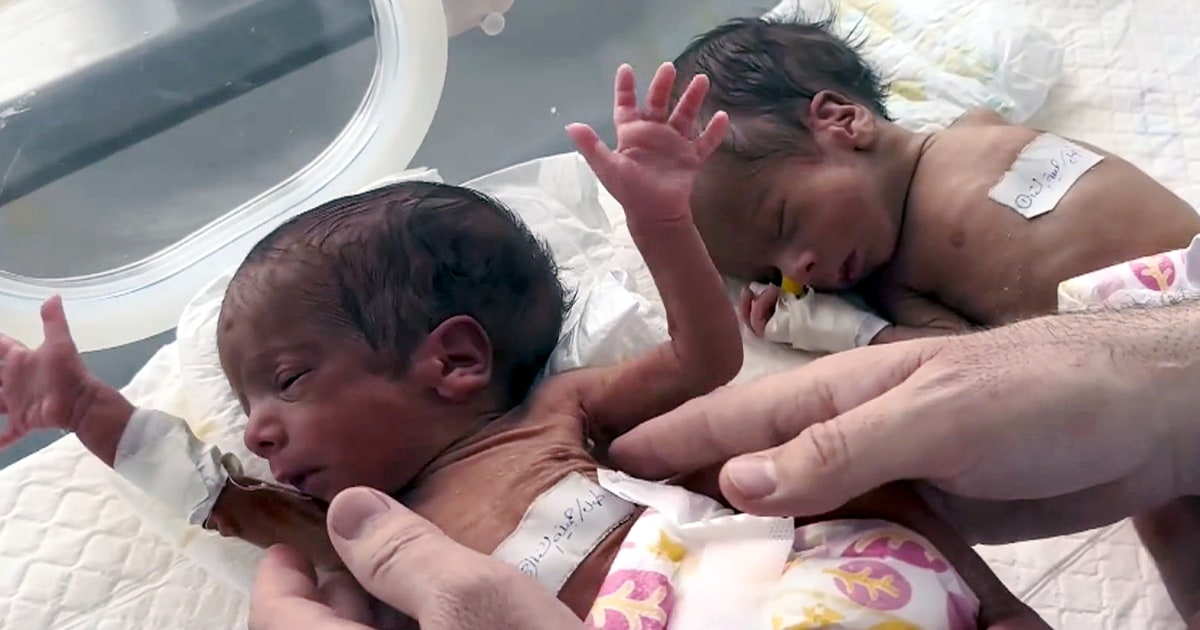- Click to share on Facebook (Opens in a new window)
- Click to share on Twitter (Opens in a new window)
- Click to share on LinkedIn (Opens in a new window)
- Click to email a friend (Opens in a new window)
How these companies help their employees during the pandemic 2:39
(CNN) - The United States Congress reached an agreement on a fourth economic relief package for coronavirus, which aims to send additional aid to small businesses and hospitals struggling in the face of closures, as well as to expand support for tests.
The package was approved by the Senate on Tuesday night and then goes to the House for a vote. President Donald Trump has offered public support, indicating that he will sign it.
This is what the agreement includes, according to an invoice text obtained by CNN.
- Some Americans could wait up to 20 weeks to receive relief checks, according to the IRS
$ 310 billion for additional loans from the Paycheck Protection Program
The original $ 349 billion allocated for Paycheck Protection Program (PPP) loans for small businesses ran out in less than two weeks due to high demand, and were criticized because restaurant chains they were able to access the funds. Some say it would have been exhausted even earlier if there hadn't been as many technical problems with the Small Business Administration's loan processing system.
Lawmakers have now agreed to add another $ 310 billion to the fund. It is still unclear how quickly that second tranche of money would be available. Once the law is passed, it will likely take an additional day before the SBA can reopen the program, according to a source in the banking industry.
It is also unclear how long it will be before that additional money runs out. There is a large accumulation of applications in process by companies that have already requested it. The expectation is that it could run out in less than 10 days.
$ 60 billion for small lenders and community banks
The new agreement sets aside $ 30 billion of additional funds from the Paycheck Protection Program for loans made by federally insured lenders with assets between $ 10 billion and $ 50 billion. And it would set aside another $ 30 billion for loans from community-based financial institutions and small banks and federally-insured credit unions with assets under $ 10 billion.
- When will the coronavirus financial aid package arrive?
$ 10 billion in economic damage disaster loan grants
The agreement would increase funding by $ 10 billion for economic damage disaster loan grants. Like the Paycheck Protection Program loans, seed funding for these grants quickly ran out.
The promise had been that small business owners could essentially get up to $ 10,000 within three days of applying directly from the SBA website.
Money from the Economic Damage Disaster Loan does not have to be repaid if used to maintain payroll, cover paid sick leave, and pay other debt obligations. But if a small business owner gets both a grant and a forgivable Paycheck Protection Program loan, the latter loan's forgiveness would be reduced by the amount of the grant.
But almost all the small business owners CNN Business spoke to in the past few weeks said they had applied for a disaster loan ahead of time, but many had yet to receive money from it and in some cases not even received confirmation. that your requests had been received.
Hospitals get more money
Hospitals and healthcare providers would get an additional $ 75 billion to reimburse them for coronavirus-related expenses, such as buying additional personal protective equipment and expanding the number of beds they have.
It would also go to compensate hospitals and providers for the loss of income, mainly for the suspension of surgeries and elective procedures. This has greatly affected hospitals financially, forcing some to lay off workers or reduce employees' wages and hours.
The third stimulus package, approved in late March, created a $ 100 billion fund for these purposes, which hospitals called a "good first step," implying that more would be needed on a future bill.
The initial $ 30 billion allocation from that fund has angered some hospitals because it was distributed based on Medicare payments, not based on the number of patients with coronavirus.
More money for testing
The bill would provide an additional $ 25 billion to expand coronavirus testing capacity, which many states and public health experts say is still lacking in the United States.
The bill would give $ 11 billion to states, localities, territories and tribes to develop, purchase, administer and analyze tests, as well as to expand laboratory capacity, trace contracts and support tests by employers.
Trump and the governors have argued about the adequacy and responsibility of the tests in recent days. The president maintains that the federal government cannot take over the tests in local communities. Governors, on the other hand, say they lack supplies to conduct the tests.
The bill requires states, localities, territories, and tribes to submit plans on how the resources will be used to test and facilitate the coronavirus community's mitigation policies.
The package would also send $ 1 billion to the Centers for Disease Control and Prevention (CDC) for surveillance, laboratory capacity expansion, contract search and other needs, and $ 1.8 billion to the National Institutes of Health for develop, improve and implement tests. Another $ 1 billion would go to the Advanced Biomedical Research and Development Authority for coronavirus testing and supplies.
Additionally, the legislation would provide up to $ 1 billion to cover testing costs for the uninsured, and would award $ 825 million to community health centers and rural health clinics, which often have to treat the uninsured.
The Trump administration refused to reopen federal Exchanges of the Affordable Care Act for the uninsured, instead saying the federal government would cover the costs of hospitals testing and treating the uninsured through a separate fund of $ 100 billion. This fourth package added another $ 75 billion to that pool of money.
What's missing: help for state and local governments or food stamp recipients
House Speaker Nancy Pelosi and Senate Minority Leader Chuck Schumer didn't get everything they wanted in the fourth aid package. Two things were left out.
Democratic lawmakers wanted to provide an additional $ 150 billion for state and local governments, which are also suffering big drops in revenue and higher spending on public health. Several have already started laying off workers and have warned of big budget cuts ahead. The third aid package, approved in late March, established a $ 150 billion fund for state and local governments to cover expenses related to fighting the coronavirus outbreak.
Democrats also lobbied for a 15% increase in the maximum benefit for food stamp recipients. While previous aid packages provided some additional funds for federal nutrition assistance, they did not raise the limit on the monthly amount received by the country's approximately 37 million food stamp participants. Food stamp enrollment is expected to increase as millions of Americans lose their jobs as companies close their doors to curb the spread of the coronavirus.
- CNN's Manu Raju, Phil Mattingly and Julia Chatterley contributed to this report.
coronavirus















